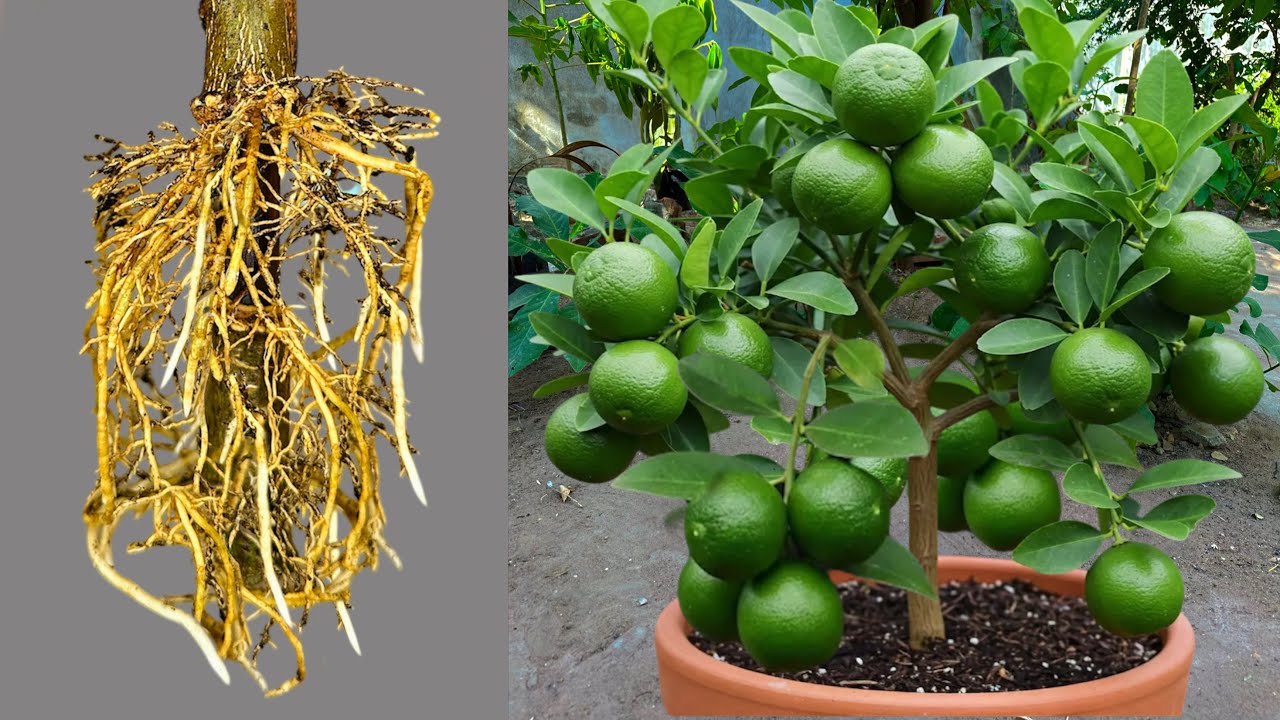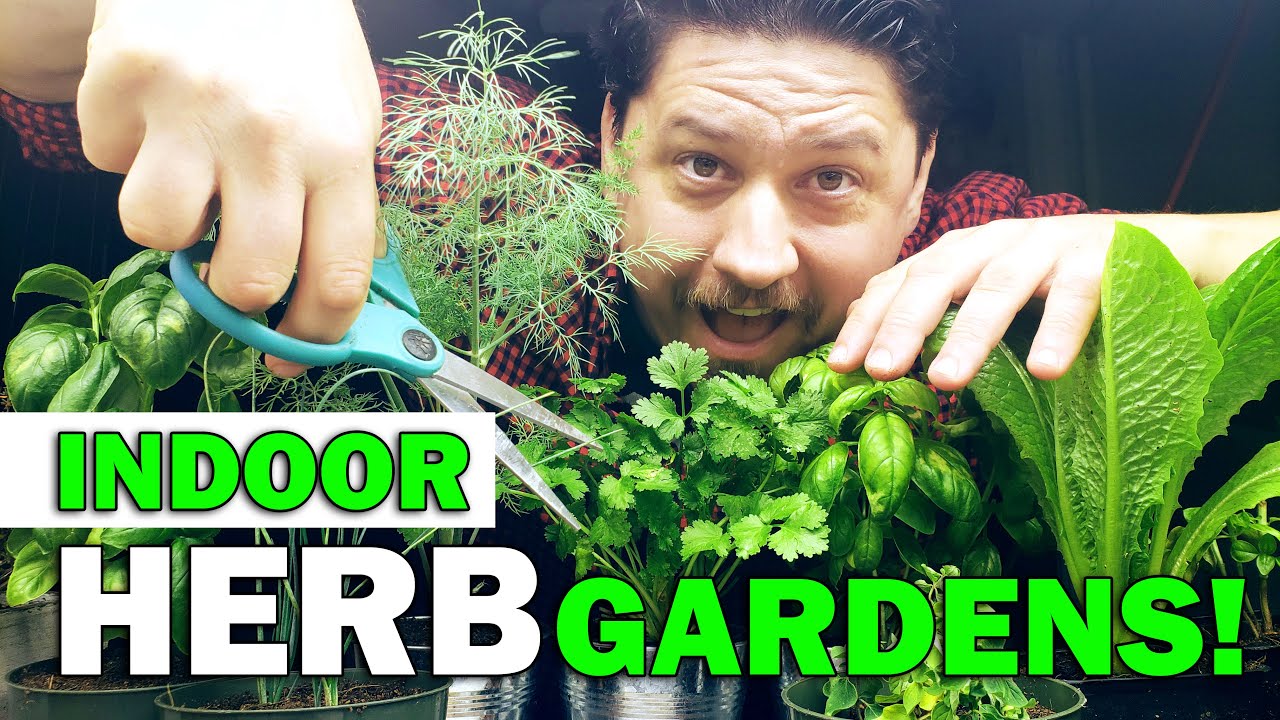Container Sizes: Match the Right Pot to Each Plant
“`html
Container Sizes: Match the Right Pot to Each Plant
Choosing the right container size for your plants is crucial in ensuring their health and growth. The correct pot size not only affects the aesthetic appeal of your garden but also impacts watering, root growth, and overall plant vitality. When plants are in a pot that is too small, their roots become cramped and stressed. Conversely, a pot that is too large can lead to overwatering and related root rot issues. This guide dives deep into understanding container sizes and how to match the right pot to each plant type—ensuring that your green companions thrive.

Whether you are an avid gardener or just starting, knowing how to select the appropriate container size can be a game-changer. This article addresses common user questions about container gardening and how sizing plays a pivotal role in plant health. We will explore various plant types, their ideal pot sizes, and offer tips to create a thriving planting environment. Join us as we unravel the essentials of container sizes and plant care, making your gardening journey a smooth and successful one!
Understanding Plant Roots and Growth Needs
The Importance of Root Space
Plant roots are essential for nutrient and water absorption, and the size of the container directly affects their growth. Inadequate root space can lead to stunted growth or even plant death, while the correct pot allows roots to spread and establish a strong foundation.
Pot Size and Plant Type Considerations
Different plants have different growth rates and root systems—some need more space than others. For instance, fast-growing plants like tomatoes thrive in larger pots, while slower-growing herbs might do well in smaller containers.

Signs of Root Bound Plants
Identifying a root-bound plant can prevent further damage. Look for roots growing out of the drainage holes or circling in the pot. If your plant shows these signs, it’s time to repot into a larger container.
Choosing the Right Container Size for Different Plants
Vegetable Container Sizes
Vegetables generally require more space to grow adequately. For instance, tomatoes should ideally be planted in containers that are at least 5 gallons. Consider a mix of plant types to optimize space.
Herb Container Needs
Herbs are versatile and can thrive in smaller pots. A standard 12-inch pot works well for a mix of tall and short herbs, ensuring they have enough room without overwhelming the space.
Flowering Plants and Their Pot Sizes
Flowering plants vary greatly; smaller blooms may need as little as 6 inches, while larger arrangements may require up to 14 inches. Ensure good drainage to keep the flowers healthy and vibrant.
Material Matters: Choosing the Right Potting Material
Plastic vs. Clay Pots
Plastic pots are lightweight and retain moisture, making them ideal for beginners. Clay pots are heavier and allow for better airflow but can dry out quickly. Consider your plant type when selecting a pot material.
Self-Watering Containers
Self-watering pots are beneficial for maintaining consistent moisture levels, especially for plants that require specific hydration. These can reduce the frequency of watering, making them low-maintenance options for busy gardeners.
Decorative vs. Functional Containers
While aesthetics play a role in container selection, prioritize function over form. Decorative pots should still provide the necessary drainage and size for your plants to thrive.
Best Practices for Planting in Containers
Soil Types for Container Gardening
Selecting the right soil mix is crucial for container gardening. Look for potting soil blends that retain moisture while providing aeration—containers can dry out faster than ground soil.
Watering Techniques
Container plants often require more frequent watering than those in the ground. Monitoring moisture levels is essential—consider using a moisture meter or the “finger test” to assess when to water.
Fertilizing Your Potted Plants
Fertilizing is essential for maintaining nutrient levels in containers. Due to limited soil volume, replenishing nutrients regularly can enhance plant growth and flowering.
Summary and FAQ on Container Sizes
In summary, matching the right pot size to each plant is essential for optimal growth and health. Remember the importance of understanding the root systems of different plants and how their growth needs vary. Selecting the appropriate container based on plant type, utilizing the right materials, and implementing effective care practices can greatly enhance your gardening experience.
Common Questions:
What happens if I choose a pot that is too small? A pot that is too small can lead to root binding and stunted growth, adversely affecting the health of your plant.
Can I use the same pot for all plants? No, each plant has unique size requirements. Always consider the specific needs of each plant species.
How often should I repot my plants? Terrarium and container plants typically require repotting every 1-2 years, or when you notice roots emerging from drainage holes.
What are the signs of overwatering in containers? Yellowing leaves, wilting, and root rot are common symptoms of overwatering, which often occurs in pots that are too large.
By understanding container sizes and matching them to your plants, you can enjoy a flourishing garden that showcases your gardening skills and nurtures your green thumb!
“`